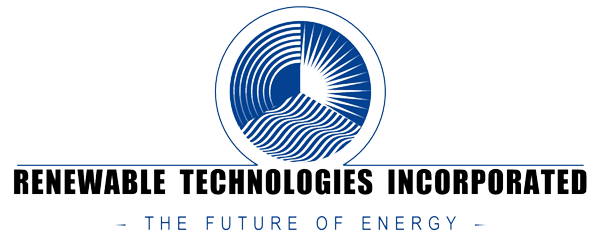From Discovery to Household Application and Beyond.
Solar power has come a long way since its discovery, evolving from a scientific curiosity to a common household feature. This blog will take you through the fascinating journey of solar power, discussing its origins, its transition into residential use, and the future prospects of this renewable energy source.
The Discovery of Solar Power:
The story of solar power begins in 1839 with French physicist Edmond Becquerel. He discovered the photovoltaic effect, a process that generates voltage or electric current upon exposure to light or radiation. However, it wasn’t until 1883 that the first solar cell was built by Charles Fritts, who coated selenium with a thin layer of gold to form a device that produced electricity from light.
The Advent of Silicon Solar Cells:
The real breakthrough came in 1954 when Bell Labs invented the silicon solar cell, the precursor to all modern solar cells. This cell was capable of converting sunlight into electricity with 6% efficiency, a significant improvement from earlier selenium-based cells. Solar Power in Space Exploration: Before being adopted for residential use, solar power played a crucial role in space exploration. In 1958, Vanguard 1, the first solar-powered satellite, was launched. This successful application paved the way for wider acceptance of solar energy. Transition to Residential Use: The energy crisis of the 1970s spurred interest in alternative energy sources, leading to the use of solar power in homes. The first solar panels for residential use were expensive and inefficient by today’s standards. However, they set the stage for the widespread adoption of solar power.
The Modern Era of Solar Power:
In recent years, the efficiency of solar panels has significantly improved, and their cost has plummeted, making them affordable for average homeowners. Today, solar installations are a common sight on rooftops around the world, providing clean, renewable power. The Future of Solar Power: The future of solar power looks brighter than ever. With advancements in technology, we can expect more efficient solar cells, flexible solar panels, and solar batteries for better energy storage. Furthermore, innovations in solar glass and solar fabric point to a future where virtually any surface could be used to generate solar power. Conclusion: From its humble beginnings in the 19th century to its modern applications in homes around the world, solar power has had a remarkable journey. As a leading solar company, we are excited to be part of this journey and look forward to what the future holds for solar power.

